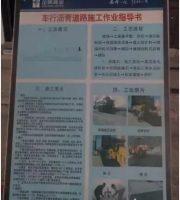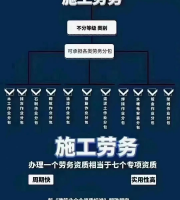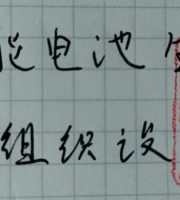The domestic requirements for galvanizing of buckle scaffolding mainly stem from the provisions of JG/T 503 for plug-in buckle type steel pipe support components, which stipulate that the inner and outer surfaces of upright rods, horizontal rods, diagonal rods, and components should be hot-dip galvanized, and should not be painted or electroplated. The specific galvanized thickness requirements shall be consistent with the Technical Requirements and Test Methods for Hot Dip Galvanized Coatings on Metal Covering Steel Parts (GB/T13912-2020) and BS EN ISO 1461 standards. The content is as follows:.
Select buckle scaffolding from different eras from 8 different regional bases of a certain company for galvanized layer thickness testing, including product 1 (8 years) and product 2 (4 years); Compare the galvanized thickness with the newly processed product 3 (2024 new materials) of the company, and calculate the corrosion rate of the galvanized layer on the buckle. Product 3 has been tested and found to have an average galvanized thickness of 70-73 μ m. Therefore, taking product 3 with an average galvanized thickness of 72 μ M..
Based on the corrosion rate obtained from the above table, a statistical chart of the corrosion rate of coatings in each region is summarized, as shown in the following figure.
Conclusion: From the measured corrosion levels of materials in different regions, it can be seen that the corrosion levels of these 8 bases are all in the C1~C4 level area, with an annual corrosion rate of about 0.6~1.5 in inland areas μ m. The annual corrosion rate in coastal areas is about 1.5-2.5 μ m. Coastal areas may reach 3-4 μ m. Based on the galvanized thickness of each component of the buckle, the service life and measures are summarized as follows:.
Considering that repeated use of materials can cause structural fatigue damage, it is necessary to predict the strength changes of materials after 20 years of use through experiments. The research group conducted comparative tests, and the specific test plan is as follows: based on the test requirements of the “Plug and Socket Plate Buckle Steel Pipe Support Components” (JG/T503-2016), the test standard was raised to ultimate failure to obtain a comparison of the strength of plate buckle materials in different eras; At the same time, select product 1 (production year 8), product 2 (production year 4), and product 3 (new materials in early 2024) for ultimate failure testing, including single/double side shear and tensile strength of the connecting plate; The shear strength of the inner ring weld of the connecting plate; Adjustable support compressive strength; Adjustable base compressive strength and other indicators, with three sets of 48 system and 60 system buckles each. (Data omitted).
In this survey, it was found that more and more brand enterprises are printing non wear and tear resistant production date labels on their production components, which enables the identification, tracking of flow direction, traceability of service life, and determination of responsibility of button products. This is conducive to forming a new healthy development environment for the mold industry and better ensuring the safety of mold construction..



